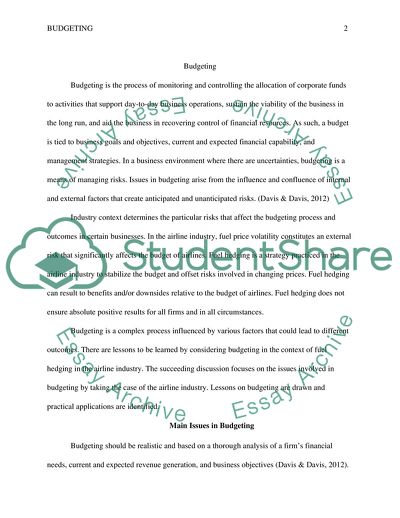Cite this document
(Budgeting Essay Example | Topics and Well Written Essays - 1750 words - 2, n.d.)
Budgeting Essay Example | Topics and Well Written Essays - 1750 words - 2. https://studentshare.org/finance-accounting/1791808-budgeting
Budgeting Essay Example | Topics and Well Written Essays - 1750 words - 2. https://studentshare.org/finance-accounting/1791808-budgeting
(Budgeting Essay Example | Topics and Well Written Essays - 1750 Words - 2)
Budgeting Essay Example | Topics and Well Written Essays - 1750 Words - 2. https://studentshare.org/finance-accounting/1791808-budgeting.
Budgeting Essay Example | Topics and Well Written Essays - 1750 Words - 2. https://studentshare.org/finance-accounting/1791808-budgeting.
“Budgeting Essay Example | Topics and Well Written Essays - 1750 Words - 2”. https://studentshare.org/finance-accounting/1791808-budgeting.


